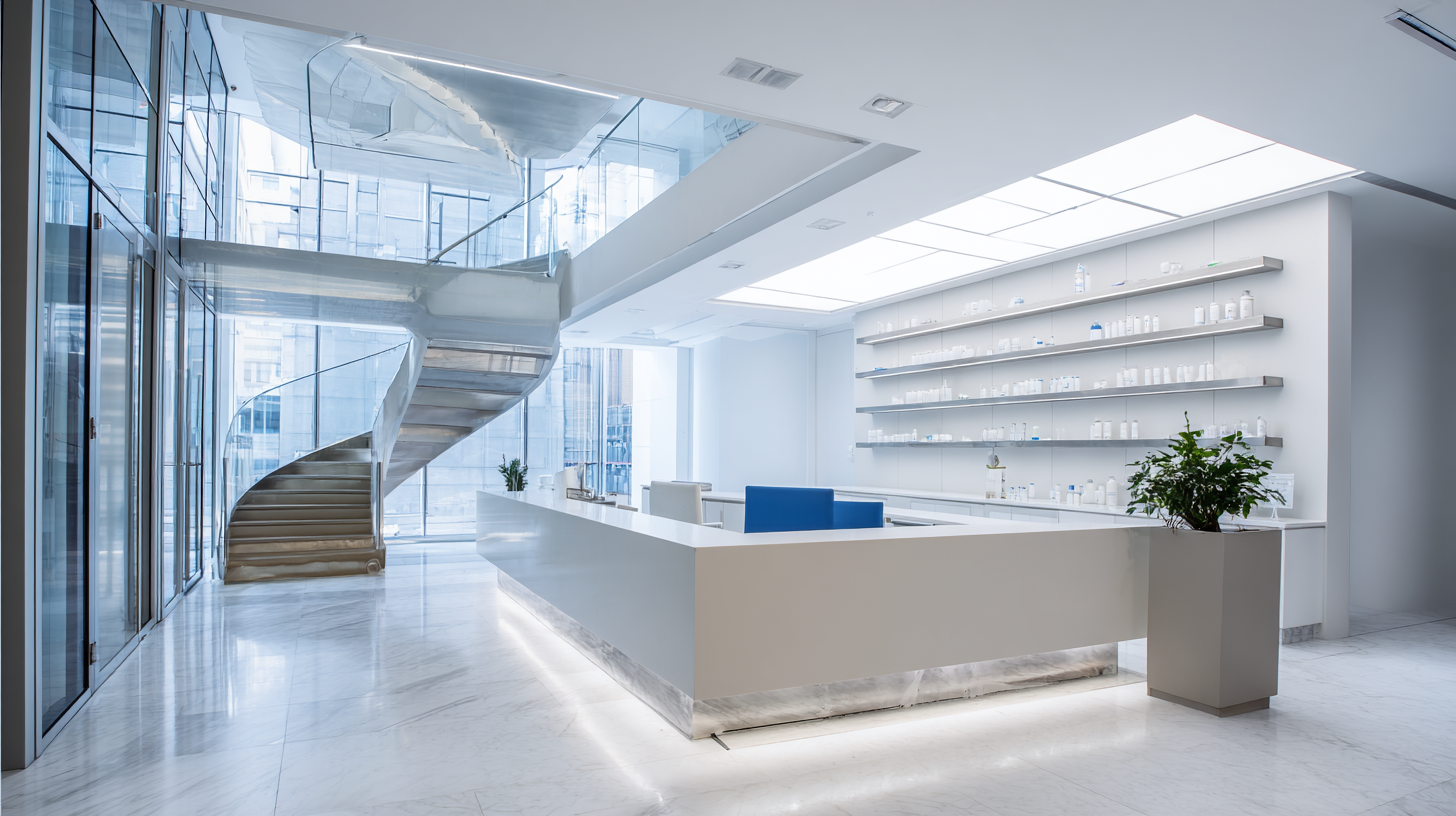In the competitive landscape of the cosmetic and industrial sectors, the need for exceptional after-sales service has never been more critical, particularly when working with high-quality materials like Synthetic Mica. According to a report by Transparency Market Research, the global mica market is projected to reach approximately $800 million by 2026, with Synthetic Mica gaining significant traction due to its superior quality and versatility compared to natural mica. Businesses that prioritize effective after-sales support not only enhance customer satisfaction but also minimize repair and replacement costs, ultimately leading to increased profitability. By incorporating robust service strategies, companies can address the common challenges associated with Synthetic Mica, ensuring long-term relationships with clients and fostering a reputation for reliability in the marketplace.

As the synthetic mica market evolves, understanding emerging trends in 2025 is crucial for minimizing repair costs through exceptional after-sales service. The demand for synthetic mica, particularly in the luxury goods and cosmetics sectors, is expected to rise significantly. Reports indicate that the global luxury watch market is projected to grow from $59.97 billion in 2025 to $134.53 billion by 2032, with a compound annual growth rate (CAGR) of 12.23%. This growth trajectory suggests an increasing reliance on high-quality materials like synthetic mica, where effective after-sales service can play a pivotal role in maintaining product longevity and reducing repair expenses.

Furthermore, the enhanced consumer focus on sustainability and quality may drive investments in exceptional after-sales service. The analysis of consumer goods retail performance indicates a shift toward brands that prioritize customer engagement and service quality. The emerging trends highlight how companies that invest in strong after-sales support not only improve customer satisfaction but also significantly lower overall repair costs. In this dynamic market landscape, understanding these trends will enable businesses to adapt their strategies effectively, ensuring that they can meet consumer expectations while managing operational costs.
In the competitive landscape of synthetic mica manufacturing, exceptional after-sales service plays a crucial role in minimizing repair expenses. According to industry reports, companies that prioritize after-sales support can reduce repair costs by up to 30%. This is primarily due to the enhanced customer relationships that result from effective communication and timely assistance, allowing for quicker identification and resolution of issues that may arise post-purchase.
Moreover, the importance of after-sales service is underscored by the increasing complexity of synthetic mica applications in various industries, including cosmetics and electronics. As the technology evolves, ensuring that customers receive adequate support not only helps in maintaining product integrity but also fosters customer loyalty. Recent data highlights that 70% of customers are willing to pay a premium for superior after-sales service, reflecting the growing recognition of its value in managing potential repair and maintenance expenses effectively. Investing in robust after-sales strategies is therefore not just an operational necessity but a strategic advantage that sets companies apart in this competitive market.
| Service Aspect | Impact on Repair Costs | Example Measures |
|---|---|---|
| Technical Support | Reduces troubleshooting time and minimizes recurring issues. | 24/7 hotline, online chat support. |
| Regular Maintenance | Prevents major breakdowns and reduces emergency repair costs. | Scheduled maintenance visits, maintenance contracts. |
| Customer Training | Empowers users to operate equipment correctly and reduces misuse. | Workshops, online training modules. |
| Warranty Management | Ensures that repairs are covered, minimizing out-of-pocket expenses. | Clear warranty policies, online claim submission. |
| Feedback Mechanism | Identifies recurring issues and reduces future repair needs. | Surveys, customer reviews. |
The demand for synthetic mica is projected to witness significant growth in the coming years, with estimates indicating a compound annual growth rate (CAGR) of around 5% by 2025. This surge is largely driven by the increasing application of synthetic mica in cosmetics, ceramics, and plastics due to its superior properties compared to natural mica. A report by Market Research Future highlights that the global synthetic mica market is expected to reach approximately $400 million by 2025, demonstrating the material's rising importance in various industries.
As manufacturers aim to exploit this growth, exceptional after-sales service becomes crucial in minimizing repair costs and ensuring customer satisfaction. With the high value of synthetic mica products and their increasing application in sensitive industries, providing customers with comprehensive support and maintenance services can significantly reduce potential expenses related to product failures or defects. According to a report by Grand View Research, companies that focus on quality after-sales service not only enhance customer loyalty but also see a notable decrease in warranty claims, which can save thousands of dollars in repair and replacement costs.
In the competitive mica industry, providing exceptional after-sales service can significantly reduce repair costs and enhance customer satisfaction. Companies like MicaTech and GlimmerMica have set the standard by implementing comprehensive support systems that address customer concerns promptly. MicaTech, for instance, established a dedicated after-sales team trained to handle complex inquiries and resolve issues efficiently. This proactive approach has not only fostered customer loyalty but also minimized downtime in production, allowing clients to focus on their core operations without worrying about mica product-related challenges.

Another notable example is GlimmerMica, which has invested in predictive maintenance tools to monitor product performance remotely. By analyzing data trends, their support team can anticipate potential failures before they occur, significantly reducing repair costs for customers. This initiative has proven to be a game changer; clients appreciate the peace of mind that comes with knowing their mica products are being monitored and maintained even after purchase. By prioritizing after-sales service, these companies are redefining customer relationships and driving growth in the mica market.
In the synthetic mica manufacturing industry, effective after-sales service is crucial for minimizing repair costs and ensuring customer satisfaction. According to a report by Grand View Research, the global mica market is projected to grow at a CAGR of 5.1% from 2021 to 2028. This growth underscores the importance of enhancing customer relations and reinforcing product quality through exceptional after-sales support. Manufacturers can implement best practices such as offering comprehensive training for customers on product usage and maintenance, which can lead to a reduction in operational mishaps that often result in costly repairs.
Additionally, utilizing a feedback loop can be instrumental in identifying persistent issues and customer pain points. A study from McKinsey highlights that companies that actively engage with their customers post-sale can improve customer retention by up to 12%, subsequently reducing the costs associated with repairs and replacements. By establishing a dedicated customer service team knowledgeable in synthetic mica applications, manufacturers can provide timely assistance and troubleshooting, thus promoting longevity and reliability in their products. This strategic approach not only enhances customer trust but also directly contributes to a healthier bottom line by mitigating costly repair scenarios.
This chart compares the sales performance of synthetic mica before and after implementing exceptional after-sales service strategies. The data demonstrates how effective after-sales service can lead to increased sales over four quarters.
